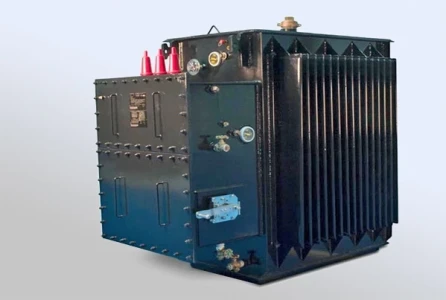Why event-based fault type identification is better than a sample-by-sample approach

Introduction
Fault type identification is an important step in dissolved gas analysis (DGA). When a significant amount fault gas production is detected in a transformer, we want to know what kind of physical condition could be responsible for the gassing. Knowing the type of fault can help to identify the nature and location of the problem in the transformer. That in turn can also suggest what physical inspections or tests may be warranted in order to determine the condition or serviceability of the transformer. Therefore getting an accurate fault type diagnosis is important for the efficient use of maintenance resources.
It is common in the industry to use the gas concentrations measured from an individual oil sample to determine the apparent fault type. Reference documents published by the Institute of Electrical and Electronics Engineers (IEEE)
[1], the International Electrotechnical Commission (IEC)
[2], and CIGRE
[3], for example, describe that as an acceptable practice. However, some also recommend using “deltas“ or “increments” between samples. In IEC 60599-2015
[2] paragraph (d) of section 6.1, it reads: “If gas ratios are different from those for the previous analysis, a new fault may superimpose itself on an old one or normal ageing. In order to get only the gas ratios corresponding to the new fault, subtract the previous DGA values from the last ones and recalculate ratios.”
Similarly, in CIGRE TB 771
[3] section H.6 it states, “multiple faults (mixtures of faults) often occur in the same transformer rather than single faults.
[...] to get a better identification of this new fault, gas concentrations from the previous DGA results may be subtracted from the most recent ones.”
In this paper, we will show why fault type diagnosis should always be based on gas concentration increments over an event and how to determine the appropriate baseline for the differences in each case. This approach, based on straightforward principles, provides better diagnostic accuracy, contributing to more efficient use of maintenance resources in the long run.
The Fundamental Principle and NEI Trends
The fundamental principle of transformer dissolved-gas analysis, which we have stated in various presentations and publications, is this: A transformer is designed not to damage its internal insulation in the course of normal operation. Therefore, if insulation deterioration by-products dissolved in the oil are increasing (beyond what is expected due to normal aging), something is wrong.
Gaseous insulation deterioration by-products dissolved in the oil are commonly known as “fault gases“. As noted in CIGRE TB 771
[3], the “something wrong” that causes fault gas production can be a fault (defect or malfunction) or abnormal stress (e.g. through fault or overloading). For brevity we shall refer to all the “wrong“ conditions that cause fault gas production by damaging insulation as “faults.” IEC and CIGRE have defined six generic fault types and four subtypes for classifying faults according to their physical nature.
Read full article in the ELECTRIC UTILITY OPERATIONS Special Edition 2022
REFERENCES
[1] IEEE guide for the interpretation of gases generated in
mineral oil-immersed transformers. IEEE Std C57.104-2019
(Revision of IEEE Std C57.104- 2008), pages 1–98, Nov 2019.
[2] Mineral oil-filled electrical equipment in service – Guidance on
the interpretation of dissolved and free gases analysis. Number
IEC 60599-2015-09. International Electrotechnical Commission,
3.0 edition, Sep 2015.
[3] CIGRE TF D1.01/A2.11 and WG D1.32. Advances in DGA Interpretation. Technical Brochure 771. CIGRE, July 2019.









